What Are the Symptoms of a Faulty MAP Sensor? (Detect Now)
Manifold Absolute Pressure Sensor or commonly known as a MAP sensor records the air pressure inside the inlet manifold in a modern vehicle. Like most other parts of your vehicle, a MAP sensor may get damaged or worn out due to overuse and other specific reasons.
So how do you know if your map sensor has already been damaged and needs replacing?
There are many symptoms of a damaged or worn-out map sensor. If you can notice the same symptoms with your vehicle then you can surely say that your map sensor has become faulty and needs replacing.
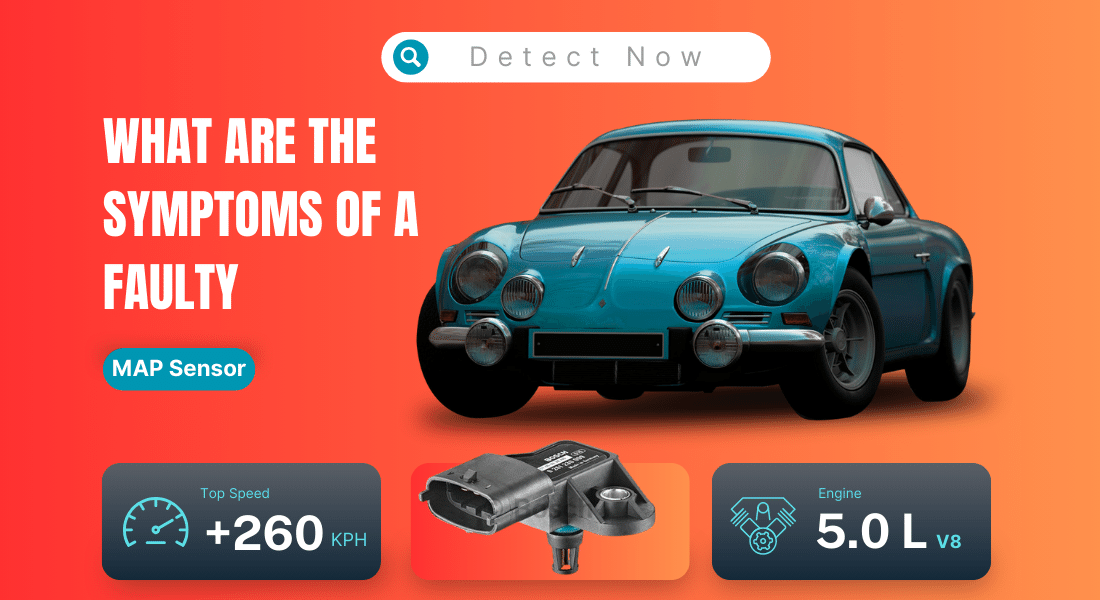
Top 15 Symptoms of a Faulty MAP Sensor
If you are having multiple issues with your vehicle and wondering whether a faulty MAP sensor is responsible for this or not then take a quick look at the symptoms to be 100% sure.
Here are the top 15 symptoms of a faulty MAP sensor:
1. Bad Engine Performance
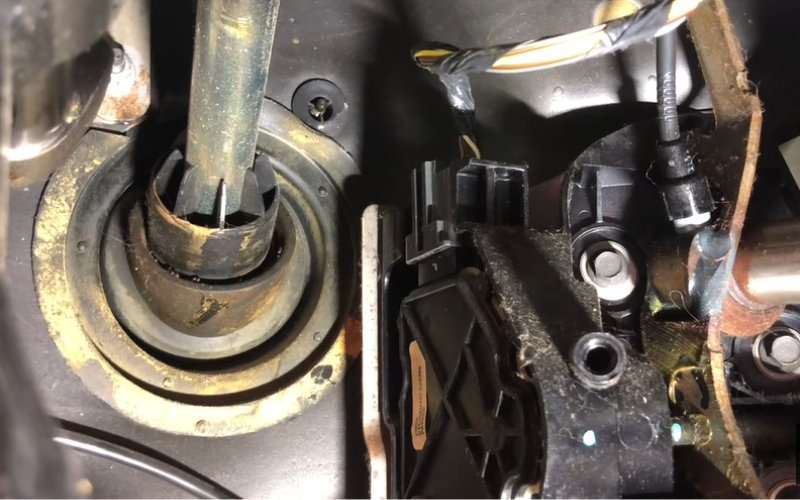
When the MAP sensor fails, your car acts lazy. When it fails, it records the wrong data. This alters the fuel injection parameters and causes power loss. You might wonder why your car picks up speed very slowly.
Sometimes, you may get more fuel mileage but this can cause low power output from your engine and give you a headache when overtaking or climbing a hill.
2. Acceleration problem
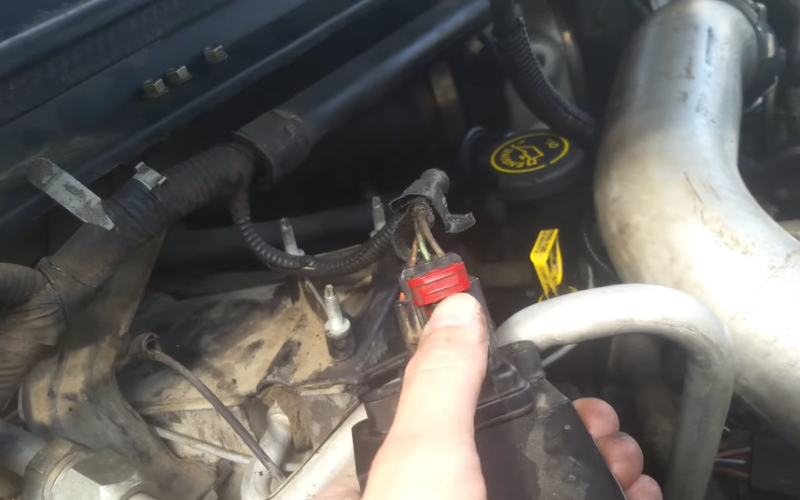
When you have a bad map sensor, your vehicle may hesitate to accelerate. The MAP sensor should read the instantaneous air parameter in the manifold to initiate fuel injection.
When it cannot read the sudden change in air properties, the ECM will not inject the fuel as per the engine demands. You may feel the car has no response when you suddenly press the gas pedal.
3. Car Won’t Start Easily
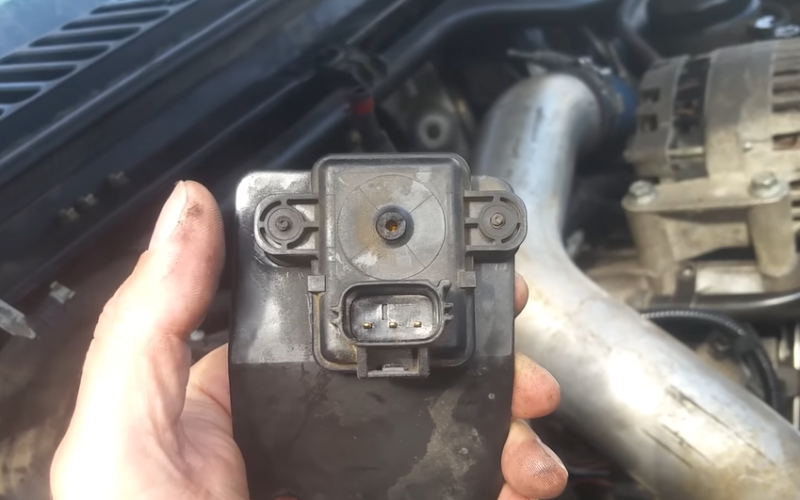
When you have a bad MAP sensor, your car may find it hard to start. This is because the MAP sensor should read the sudden vacuum created inside the manifold when cranking to initiate ignition parameters.
When the sensors cannot read small changes inside the manifold, the car might find it hard to start. Sometimes the car might start after a few attempts or just pressing the accelerator slightly.
4. Idle Rough
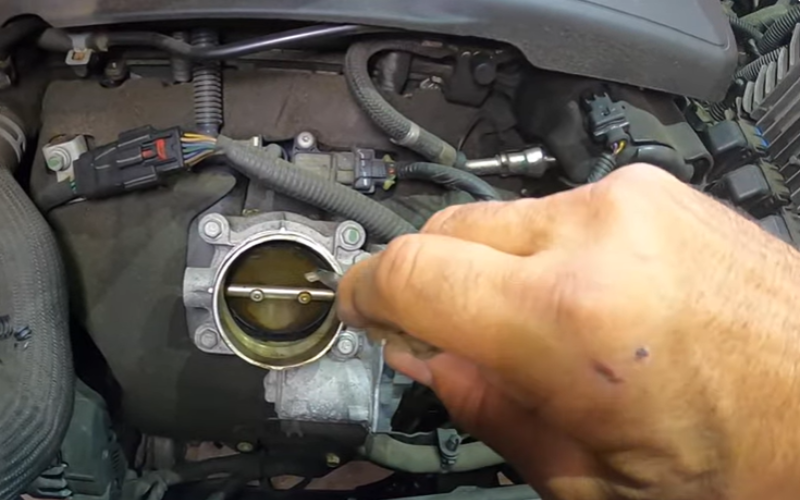
A faulty MAP sensor can cause your engine to run rough or idle rough. As a faulty MAP sensor affects the air-to-fuel ratio, sometimes the engine may be supplied with more fuel and sometimes less.
This makes the engine firing imbalanced and causes rough running. Your engine may misfire or shake badly while accelerating or idling.
5. Deviated Air to Fuel Ratios
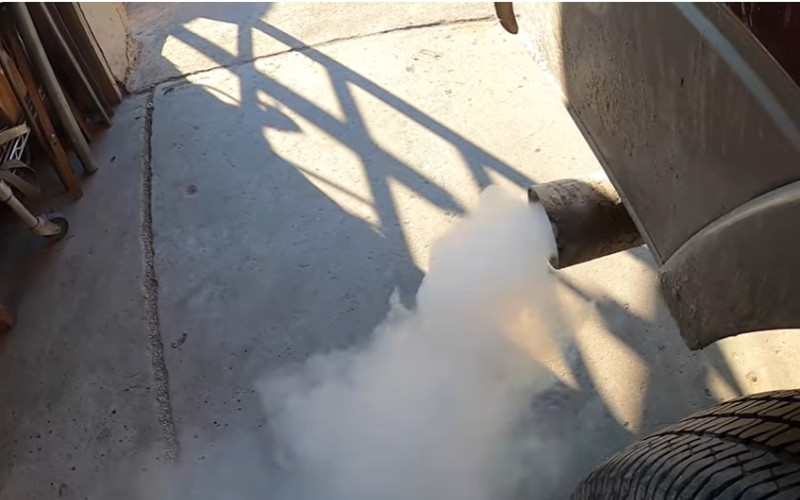
A faulty MAP sensor can cause deviated air-to-fuel ratios. This means the engine is running imbalanced and causes the emissions to go high. As a result, you might fail the emissions test. Also, you may see smoke from tailpipes.
6. Variations in Fuel Economy
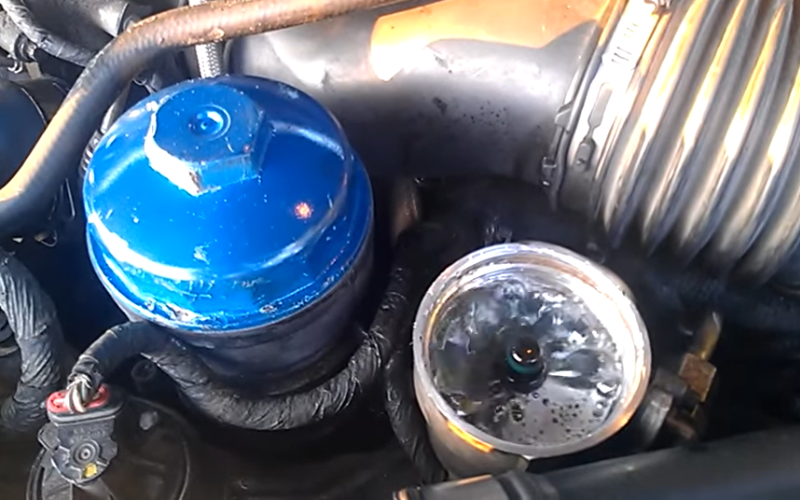
When you have a faulty MAP sensor, you may find variations in fuel economy. The sensor might read less or more about the air parameters and accordingly, the ECM injects fuel.
Sometimes it makes the ECM think the engine has more load even though the load is less. This causes the ECM to fire more fuel and is wasted. This causes lower fuel economy numbers.
7. Check Engine Light
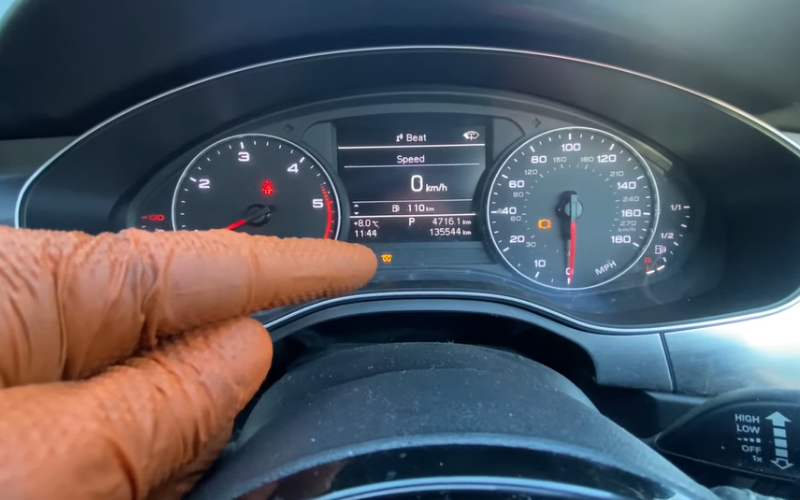
A faulty MAP sensor can throw a check engine light on your dashboard. There are other reasons too that cause the check engine light to pop up. It will display MAP sensor diagnostic trouble codes from P0105 and all through to P0109.
When the sensor fails, modern cars have preset values that govern the performance of the sensor. If the reading deviates, ECM identifies the trouble and alerts the driver with a check engine light.
8. Misguided EGR and VVTs
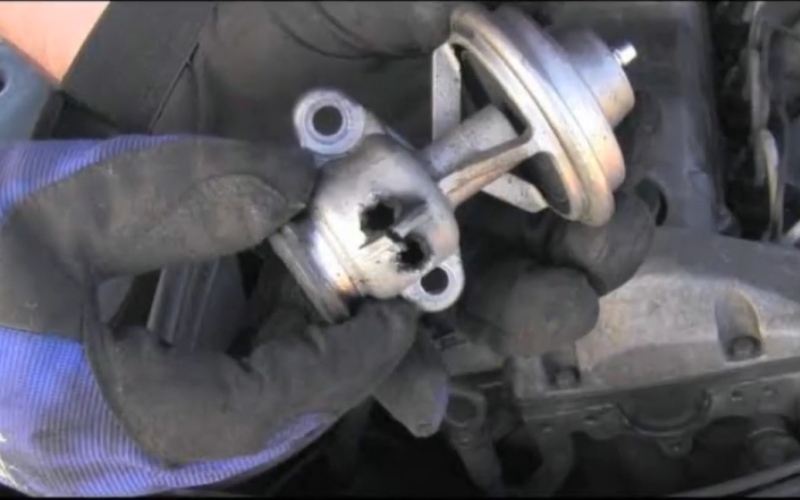
Newer vehicles are equipped with VVTs and EGR systems for emission and performance parameters. Both the equipment is depended on the engine load calculations to work smoothly.
When the MAP sensor fails to provide accurate data, the ECM cannot calculate the correct engine loads and control the valves. You may get a check engine light on both systems but the actual problem might be with the MAP sensor itself.
9. Engine Stalling
You turn on your car, you are listening to some music and then a minute later it just turns off. Now if the MAP sensor produces a false reading to the ECM, it causes your car’s engine to stall, stumble or bog up.
Let’s say, the MAP sensor tells the ECM it reads less air coming in, so the ECM is going to produce less fuel. But a really good working MAP sensor should be reading more air coming in.
So, there should be more fuel being added which leads to more air than fuel ratio which then leads to no combustion and eventually causes the engine to stall.
10. Engine Misfiring
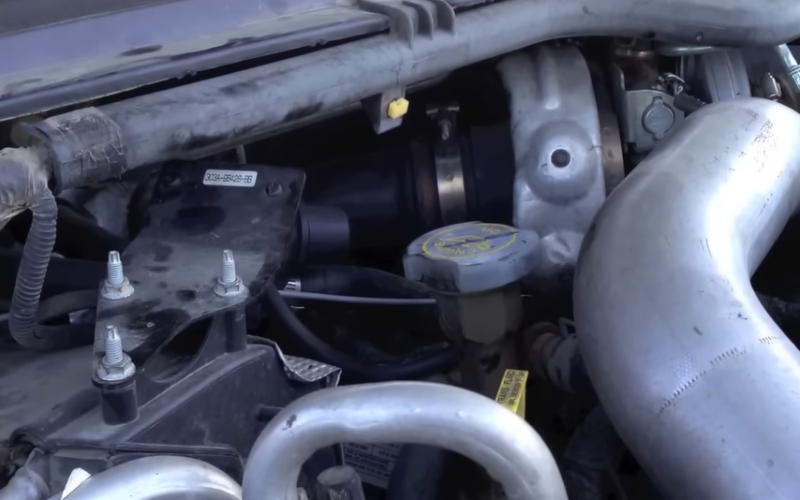
A faulty MAP sensor can cause your engine to misfire. It’s because of the same air than fuel ratio problem. When there is more air than fuel there will be no combustion which creates an engine to misfire.
11. Poor Mileage
Having a faulty MAP sensor means your fuel will burn faster than usual and because of this, you will get poor mileage. If the air-fuel ratio gets so distorted, it is natural that you will experience poor mileage.
12. Failed Emission Inspection
If your vehicle fails to pass the emission tests then it means that you have a faulty MAP sensor. This may happen to both gasoline and diesel-run vehicles. In this scenario, the tailpipe emissions will show high levels of Carbon Monoxide, low levels of CO2, high levels of NOx production or higher levels of hydrocarbons.
13. Rich Air-Fuel Mixture
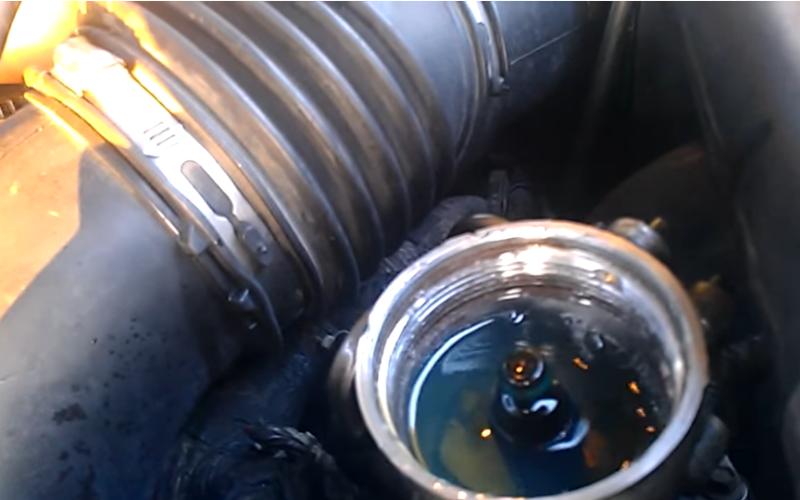
The optimal air-fuel mixture shows a ratio of 14.7 parts air to 1 part fuel. But when a high amount of gas gets mixed with air then it is called a rich air-fuel mixture. It will cause reduced engine efficiency and worse fuel economy. You will also get foul rotten smells and black smoke.
14. Lean Air-Fuel Mixture
When more air volume gets mixed with fuel then it is usually referred to as a lean air-fuel mixture. It happens when your MAP sensor becomes faulty and as a result, it creates terrible heat in the combustion chamber which leads to terrible engine damage.
15. Strange Smell
Another common symptom of a faulty MAP sensor is that you will get a rotten egg-like smell right after operating your engine for 2-3 minutes only.
If the MAP sensor is bad, the air-fuel ratio gets spoiled and it eventually creates a very foul rotten smell that leads to serious discomfort. If this is the case then you should hurry to fix your faulty MAP sensor quickly.
How to Fix a Faulty MAP Sensor?
Technically speaking you can’t just fix a broken or damaged MAP sensor. What you can do is just replace it with a new one instead. The replacement process is very simple and easy and anyone can do it having simple home car repair knowledge.
Follow the steps mentioned below to replace your faulty MAP sensor with ease. Here are the steps:
Step-1: Locate the MAP Sensor
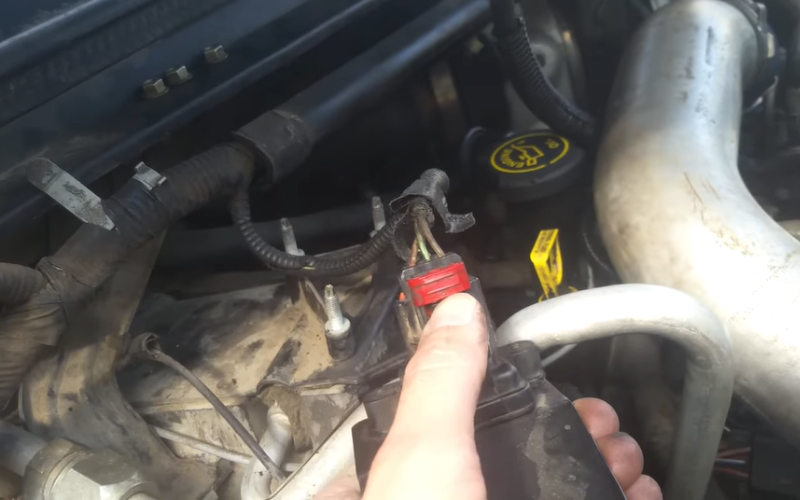
If you are already familiar with the MAP sensor, you will be able to locate it quite easily. But if you don’t then try to locate it on the intake manifold. You will find it on the throttle body or next to it.
If you are still in doubt about where to find it then always remember that you will find a rubber vacuum hose as well as an electrical connector running to the MAP sensor. If you can find it then you know where your MAP sensor is.
Step-2: Remove the Retaining Clamps
After locating the MAP sensor, use a plier to disconnect the clamps that are retained to the vacuum line and move it down to the length of the hose to free the vacuum line from the nipple connected to the MAP sensor.
Step-3: Remove the Bolts and Screws
Remove all the bolts and screws carefully using a socket wrench. Keep the bolts in a safer place for further use.
Step-4: Disconnect the Electrical Connector
Disconnect the electrical connector carefully. Do not try to remove the connector using any external force as it may contain a locking tab that may need to be removed first before you completely remove the connector from the sensor.
Step-5: Detach the Vacuum Hose
If applicable, detach the vacuum hose from the sensor. While installing the new sensor also try to replace the vacuum hose as well with a new one.
Step-6: Install the New MAP Sensor and the Vacuum Hose
Install the new MAP sensor and tighten the bolts carefully. Don’t over-tighten the bolts as they may break down easily. Replace any bolts that seem rusty or corroded to you. Re-install the vacuum hose carefully and connect the electrical connector to finish up the replacement process.
Here you go then. Every little detail has been described for your ease. But if you still feel uncomfortable about the whole process then contact a professional mechanic to do the job for you.
Frequently Asked Questions
Car users around the world have many questions on their minds regarding various issues concerning the MAP sensor and other important components related to this topic. Here are some of the Frequently Asked Questions given for your consideration.
Where Is The MAP Sensor Located?
The simple answer to this question is that you can easily find it in front of the intake manifold. You will be able to locate it on the throttle body or next to it.
Should I Drive My Car With A Faulty MAP Sensor?
No, you are strongly advised not to drive your vehicle when you are sure that you have a faulty MAP sensor. You see, the MAP sensor is a very important component of your vehicle which records the air pressure of your vehicle.
A defective MAP sensor causes manifold problems to your vehicle and can cause serious damage to your engine if not solved quickly enough.
What Is The Replacement Cost Of A MAP Sensor?
The usual replacement cost of a MAP sensor should be between $70 to $240. This includes the labour cost which is around $40 to $60.But the cost may vary from one place to another and it also depends on the type of vehicle you are using.
Can We Clean A MAP Sensor?
Yes, a MAP sensor can easily be cleaned using an electrical cleaner. Due to the course of time dust and soot pile on a MAP sensor’s measure head. So you should take steps to clean it for longer use. But be careful not to harm the MAP cleaner in any way.
How Can You Tell If A MAP Sensor Is Bad?
If you have a faulty MAP sensor you will notice it through a check engine light on your dashboard. Use a diagnostic tool to check the values the MAP sensor sends to the ECU to determine if it is bad or not.
Conclusion
A MAP sensor is one of the most vital parts of your vehicle that keeps your vehicle running and offers you a pleasing driving experience.
So you should always be on alert to diagnose the symptoms which indicate that you have a faulty MAP sensor.
If you become sure that you have a faulty MAP sensor then you must act swiftly to have it replaced to enjoy a safer driving experience.
- Read Also>> Will Insurance Cover DEF In Diesel Tank? (Explained)
- Read Also>> What Happens If You Get Caught With A Deleted Truck?
- Read Also>> Where Is The MAF Sensor Located? (Find Now)
- Read Also>> How To Reset MAP Sensor? (2 Ways To Do)
- Read Also>> Can You Test MAF (Mass Air Flow) Sensor By Unplugging It?

